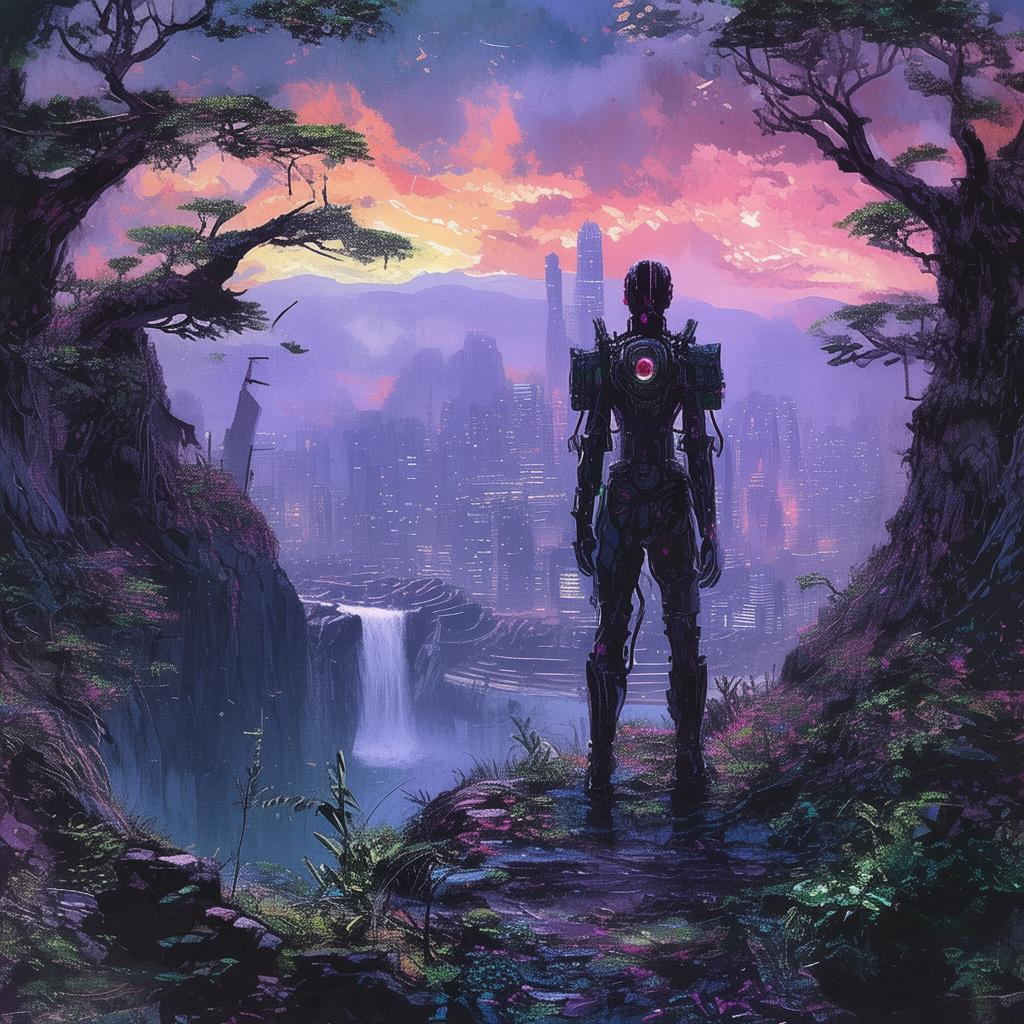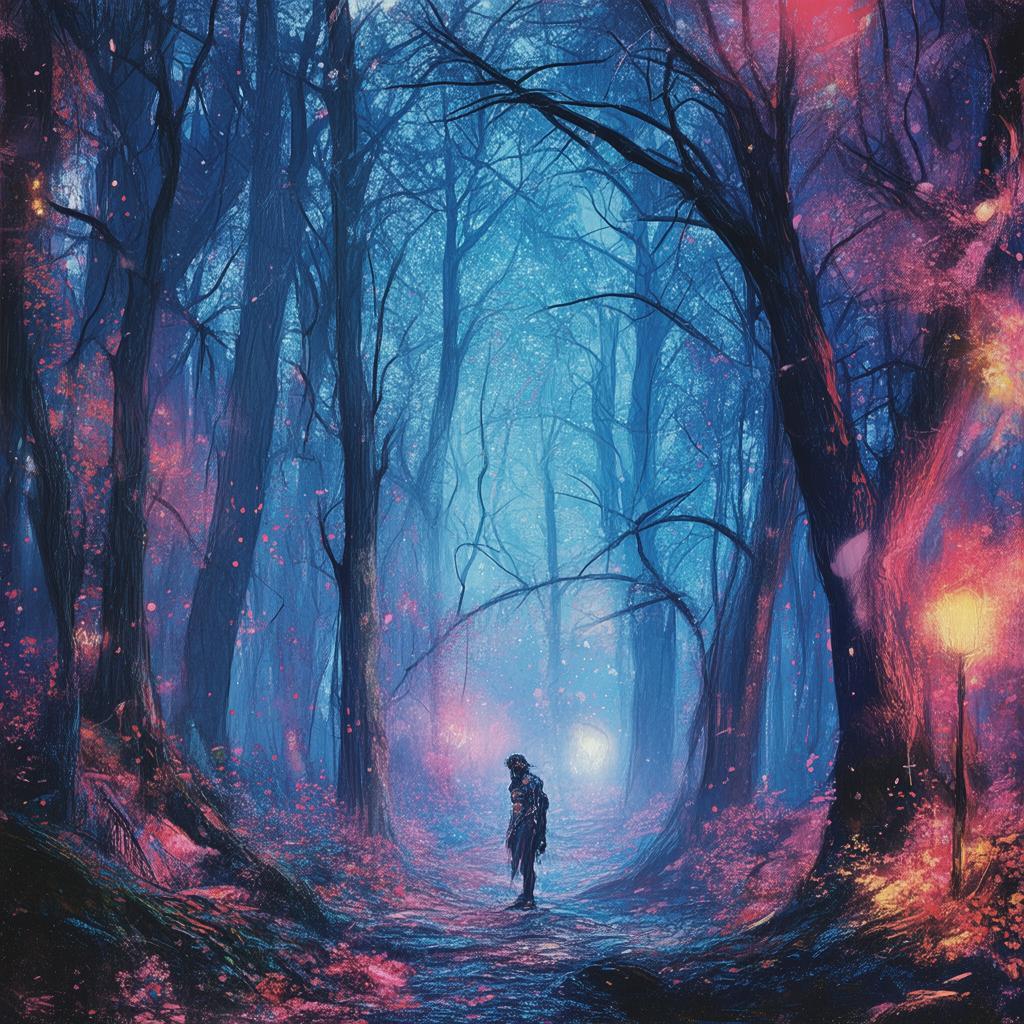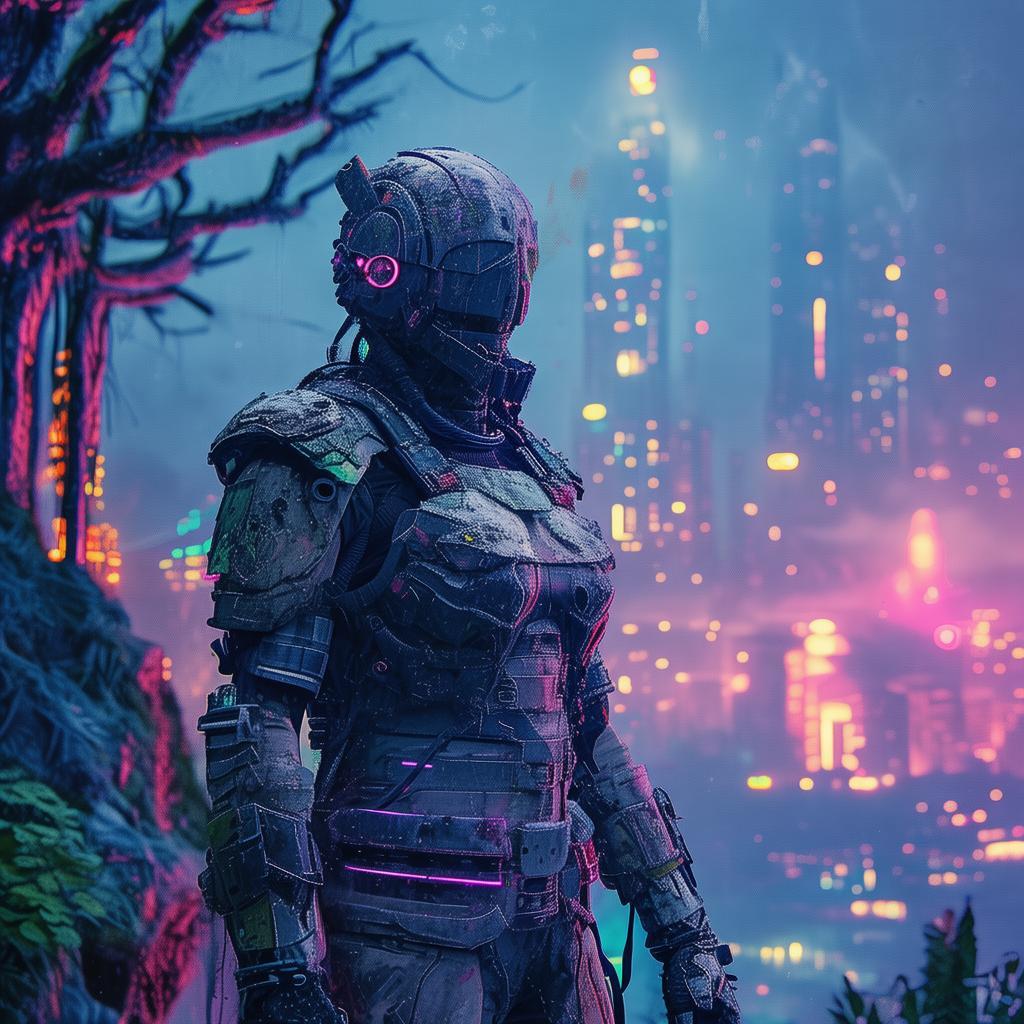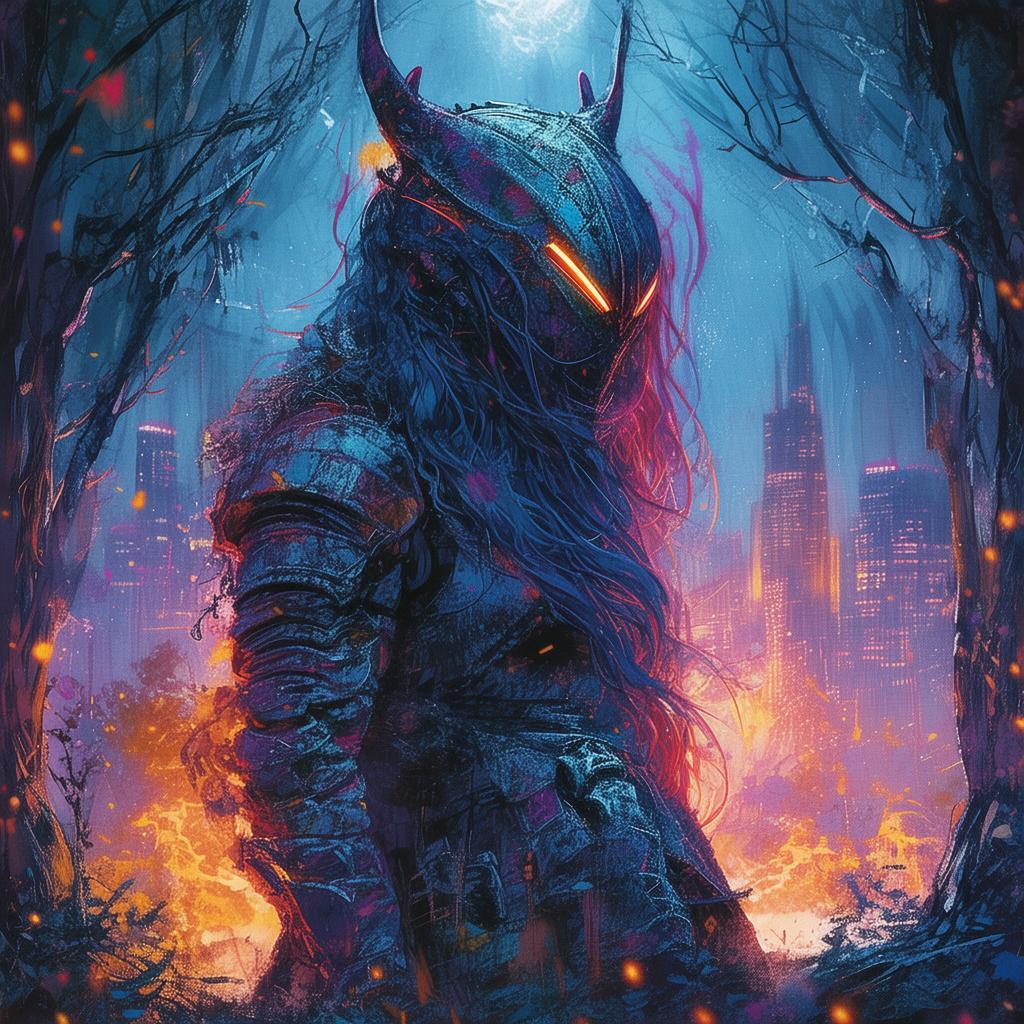The Veil of Vision
The quaint village of Luminara was bathed in the golden hue of an early morning sun, its cobblestone streets echoing with the soft rustle of leaves and the distant laughter of children. Among these walls, there was a legend whispered from generation to generation, a tale that intertwined with the very fabric of the village’s soul. It spoke of an artist whose paintings held the power to reveal the unseen, to bridge the gap between the veiled world of the soul and the tangible reality that surrounded them.
Elara, a young woman with eyes as deep as the night sky, was known for her ability to capture the essence of the unseen in her works. Her paintings were not mere images on canvas but windows into the hidden depths of the human heart. Yet, Elara felt something missing, a paradox that gnawed at her spirit like an ever-hungry worm. It was in the middle of the night, under the cloak of darkness, that she encountered it: a flicker of light, a glimpse into the unseen.
She had been painting when a sudden, unexplainable sensation had taken hold of her, and she found herself drawing a figure that was both familiar and alien. The figure, a man with eyes that seemed to pierce through time itself, was standing at the edge of her canvas, as if to step into the world she was creating. Startled, Elara had stumbled backward, but the image remained, unchanged.
Curiosity piqued, Elara delved deeper into the legend, seeking answers. She discovered that the man in the painting was known as the Visionary, a mythical figure who had walked the earth long ago, and whose gift was to see both the seen and the unseen. According to the legend, the Visionary could reveal the truth of a person’s soul, but at a great cost: the artist’s own sight.
Determined to uncover the truth, Elara began a journey that would unravel the paradox of her own vision. She met with the village elder, an elderly woman whose eyes were said to be the last to have seen the Visionary. The elder spoke of a ritual, an ancient practice that could unlock the artist’s true potential.
The ritual was both terrifying and alluring. Elara would have to sacrifice her sight to gain the ability to see the unseen fully. The elder handed her a small, intricate box, its surface adorned with symbols she had never seen before. “This box contains the key to the vision you seek,” she said. “Open it, and you will see the unseen, but you must be prepared to face what you find.”
Nervously, Elara opened the box. A bright light enveloped her, and she was whisked away to a realm beyond her comprehension. There, she saw the true nature of her art, the essence of her soul laid bare for all to see. The world she had known was but a mere shadow of the reality that lay beyond the veil.
Returning to her studio, Elara found that her eyes were no longer blind, but they saw differently. The paintings she created now held a depth and clarity that were impossible before. However, the cost was steep. The more she saw, the more she was haunted by the unseen, by the dark corners of the human soul that she now knew all too well.
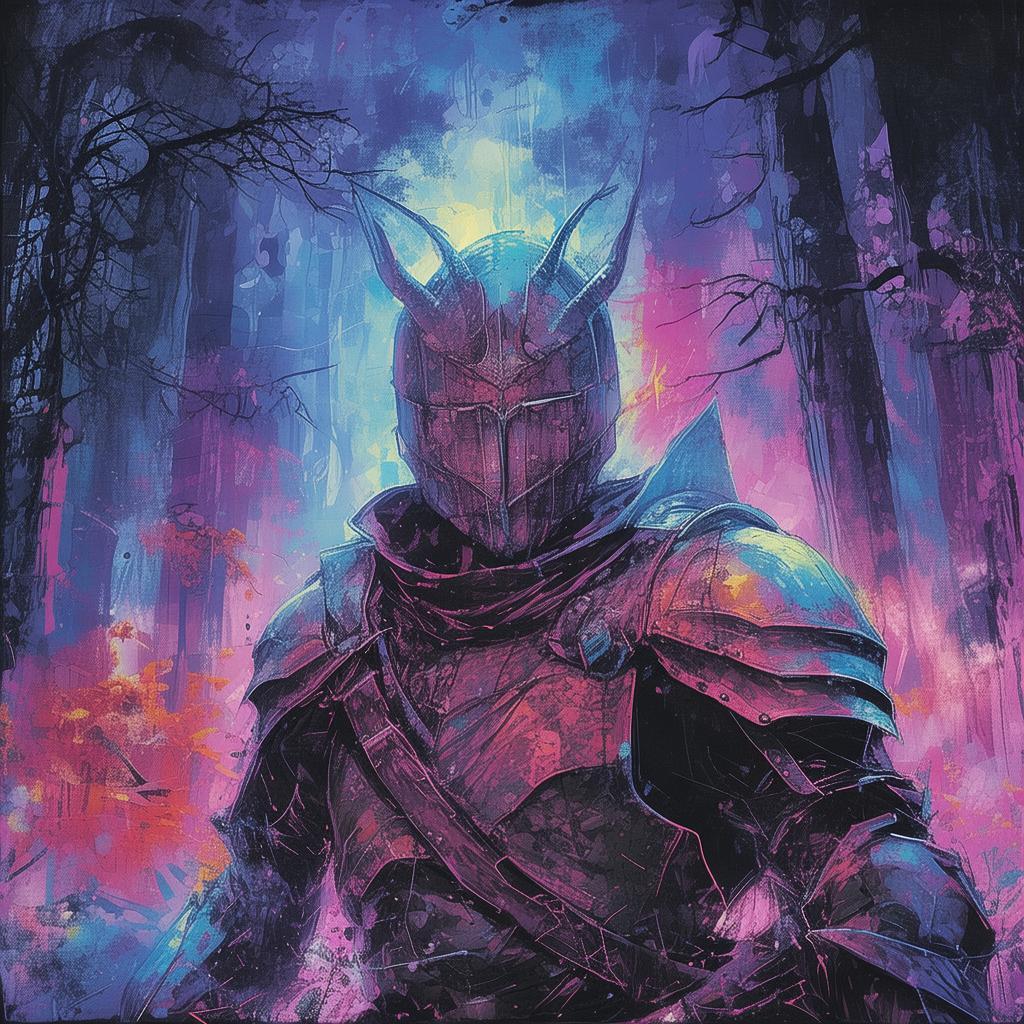
One night, as she worked on a new painting, the Visionary appeared once more. This time, he was not standing at the edge of the canvas but in the room with her. “Your eyes have opened,” he said, “but now you must choose. Will you continue to see, or will you let the unseen consume you?”
Elara looked into his eyes, deep and knowing, and realized that the paradox of her vision was not just about her art but about her own humanity. She had to learn to balance the seen and the unseen, to embrace both the light and the darkness within her.
With a deep breath, she nodded to the Visionary, and he stepped away. Elara returned to her canvas, her eyes now clear and focused. She painted a new image, one that was both seen and unseen, a testament to the paradox that had once consumed her.
The Veil of Vision was not just a story of an artist’s journey but a reflection on the human condition, a reminder that the true beauty of life lies in the balance between what is seen and what is unseen.
✨ Original Statement ✨
All articles published on this website (including but not limited to text, images, videos, and other content) are original or authorized for reposting and are protected by relevant laws. Without the explicit written permission of this website, no individual or organization may copy, modify, repost, or use the content for commercial purposes.
If you need to quote or cooperate, please contact this site for authorization. We reserve the right to pursue legal responsibility for any unauthorized use.
Hereby declared.
